Western leaders, specifically including the G7, have a serious problem. Their collective energy and economic policy, a chase for the climate change and corporate financial agenda, have created the downstream consequences of global food shortages and third-world instability. The non-industrial...

theconservativetreehouse.com
Biden Pledges to Mitigate Third-World Food Shortages and Consequences of G7 Climate Policy, by Spending $200 Billion to Control Brown People Infrastructure and Communication
June 26, 2022 |
Sundance |
223 Comments
Western leaders, specifically including the G7, have a serious problem. Their collective energy and economic policy, a chase for the climate change and corporate financial agenda, have created the downstream consequences of global food shortages and third-world instability
The non-industrial nations will now, once again, suffer as a direct result of Western ideology and arrogance.
To combat the pesky third-world pitch forks, today Joe Biden announced the U.S. will lead the G7 in a series of advanced spending measures intended to control how the pain inflicted by the industrialized nations will surface to the rest of the world. Western media must not let the suffering of the brown people become visible, lest people start to connect the dots and realize the G7 is an ideologically racist and exploitative enterprise.
To soften the reality of the brown people suffering, the leftist administration of Joe Biden will spend $200 billion to mitigate the damage.
There are four aspects:
(
1) To increase dependency and control the third-world population the G7 will finance a vaccine manufacturing facility in Senegal. The breeding of the brown people must be controlled – climate change policy demands it.
(2) To control the optics of the third-world complaining about it, the G7 will mobilize $335 million in private capital to control the communication systems in Africa, Asia, and Latin America. The brown people must not discover the nature of their exploitation; and the citizens within the G7 nations must not find out their government is exploiting the brown people. Wouldn’t look good.
(3) The United States will spend $50 million over five years to support gender equity in the developing world increasing the friction between brown women and brown men, while ignoring cultural differences and forcing the social ideology of the West upon them. And finally….
(4) The G7, fearing third-world instability and anger from the brown people that could disrupt their supply chains, the U.S. and Western nations will now seek to increase their control of mining for mineral deposits needed for G7 batteries – and will fund more railroads and ports to export the critical material to the West more quickly.
WATCH:
View: https://youtu.be/65ed3BaGmMg
8:56 min
[
Transcript] – THE PRESIDENT: Thank you very much. Well, good afternoon, folks.
Our nations and our world stand at a genuine inflection point in history. Technology has made our world smaller, more immediate, and more connected. It’s opened up incredible opportunities, but also accelerated challenges that impact on all of us: managing global energy needs, taking on the climate crisis, dealing with the spread of diseases.
And the choices we make now, in my view, are going to set a direction of our world for several generations to come.
These challenges are hard for all of us, even nations with resources of the G7. But developing countries often lack the essential infrastructure to help navigate global shocks, like a pandemic. So they feel the impacts more acutely, and they have a harder time recovering.
In our deeply connected world, that’s not just a humanitarian concern, it’s an economic and a security concern for all of us.
That’s why, one year ago, when this group of leaders met in Cornwall, we made a commitment: The democratic nations of the G7 would step up — step up and provide financing for quality, high-standard, sustainable infrastructure in developing and middle-income countries.
What we’re doing is fundamentally different because it’s grounded on our shared values of all those representing the countries and organizations behind me. It’s built using the global best practices: transparency, partnership, protections for labor and the environment.
We’re offering better options for countries and for people around the world to invest in critical infrastructure that improves the lives — their lives, all of our lives — and delivers real gains for all of our people, not just the G7 — all of our people.
Today, we officially launch the Partnership for Global Infrastructure and Investment. We collectively have dozens of projects already underway around the globe.
And I’m proud to announce the United States will mobilize $200 billion in public and private capital over the next five years for that Partnership.
We’re here today because we’re making this commitment together as a G7 in coordination with one another to maximize the impact of our work.
Collectively, we aim to mobilize nearly $600 billion from the G7 by 2027.
These strategic investments are areas of — critical to sustainable development and to our shared global stability: health and health security, digital connectivity, gender equality and equity, climate and energy security.
Let me give you some examples of the kinds of projects that are underway in each of these areas.
First, health. Two years ago, COVID-19 — didn’t need any reminders about how critical investments in healthcare systems were and health sec- — and health security is, both to fight the pandemic and to prepare for the next one, because it will not be the last pandemic we under- — we have to deal with.
That’s why the United States, together with the G7 partners and the World Bank, are investing in a new industrial-scale vaccine manufacturing facility in Senegal. When complete, it will have the potential to produce hundreds of millions of doses of vaccines annually for COVID-19 and other diseases.
It’s an investment that will enhance global vaccine supplies as well as improve access and equity for developing countries.
Second, in the digital area. Our economies’ future increasingly depends on people’s ability to connect to secure information and communications technologies. And we need to strengthen the use of trusted technologies so that our online information cannot be used by autocrats to consolidate their power or repress their people.
That’s why the Digital Invest Program is mobilizing $335 million in private capital to supply secure network equipment in Africa, Asia, and Latin America.
And the U.S. government also supported the successful bid by an American company, SubCom, for a $600 million contract to build a global subsea telecommunications cable. This cable will stretch from Southeast Asia, through the Middle East and the Horn of Africa, to Europe.
This will be essential to meeting the growing demand for reliable security, high-tech connectivity in three key regions of the world.
Third, gender. When women and girls have the ability and the opportunity to parcia- — to participate more fully in those societies and economies, we see positive impacts not only in their communities but around the board — across the board.
We have to increase those opportunities, though, for women and girls to thrive, including practical steps to make childcare more accessible and affordable as we continue the vital work to protect and advance women’s fundamental rights.
The United States is committing $50 million over five years to the World Bank’s global Childcare Incentive Fund. This public-private partnership supported by several G7 partners will help countries build infrastructure that makes it easier for women to participate equally — equally — in the labor force.
Fourth and very important, climate and energy. We’re seeing just how critical this is every day.
The entire world is feeling the impact of Russia’s brutal war in Ukraine and on our energy markets.
We need worldwide effort to invest in transformative clean energy projects to ensure that critical infrastructure is resilient to changing climate.
Critical materials that are necessary for our clean energy transition, including the production of batteries, need to be developed with high standards for labor and the environment.
Fast and reliable transportation infrastructure, including railroads and ports, is essential to moving inputs for refining and processing and expanding access to clean energy technologies.
For example, the U.S. government just facilitated a new partnership between two American firms and the government of Angola to invest $2 billion in building new solar projects in Angola. It’s a partnership that will help Angola meet its climate goals and energy needs while creating new markets for American technologies and good jobs in Angola and, I suspect, throughout Africa.
And in Romania, the American company, NuScale Power, will build a first-of-its-kind small modular reactor plant. This will help bring online zero-emission nuclear energy to Europe faster, more cheaply, and more efficiently.
The U.S. government is helping to advance the development of this groundbreaking American technology, which will strengthen Europe’s energy security and create thousands of jobs in Romania and the United States.
These deals are just some of what’s in store. And we’re ready. We’re ready to get to work, together, all of us.
To lead efforts — to lead U.S. efforts, in my case — appointed — I appointed Amos Hochstein, my Special Presidential Coordinator, to deal with the rest of our colleagues.
I’ll [He’ll] lead the U.S. whole-of-government approach to drive a coalition and a collaboration with the G7 and our partners around the world, including private sector and multilateral development banks.
I want to be clear: This isn’t aid or charity; it’s an investment that will deliver returns for everyone, including the American people and the people of all our nations. It’ll boost all of our economies, and it’s a chance for us to share our positive vision for the future and let communities around the world see themselves — and see for themselves the concrete benefits of partnering with democracies.
Because when democracies demonstrate what we can do, all that we have to offer, I have no doubt that we’ll win the competition every time.



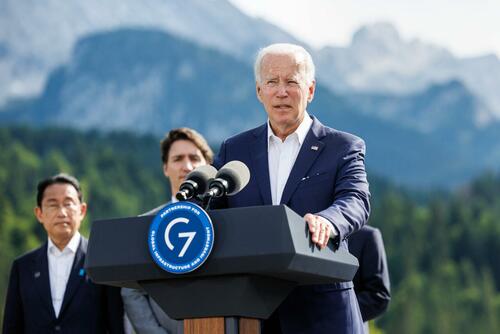

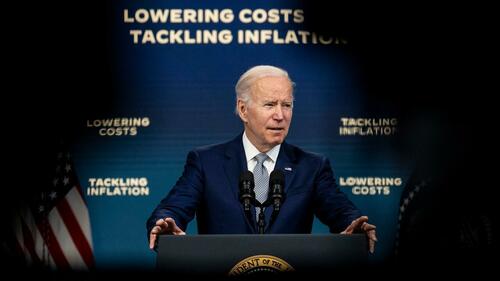




















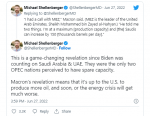
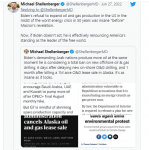






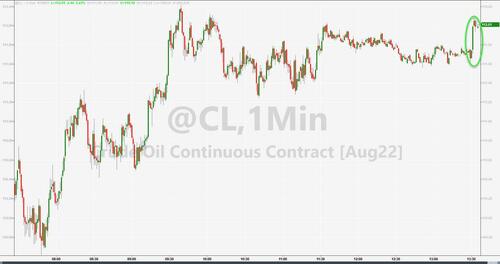
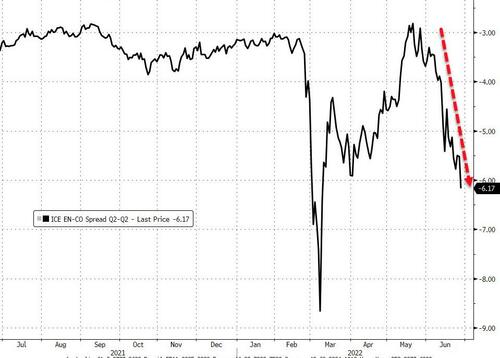
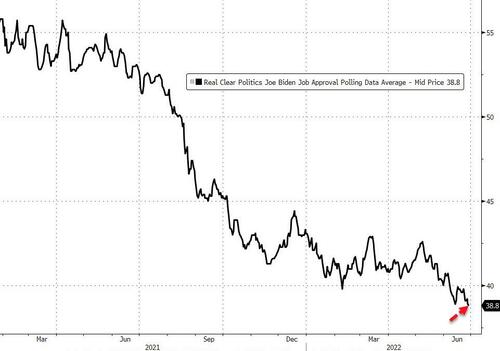


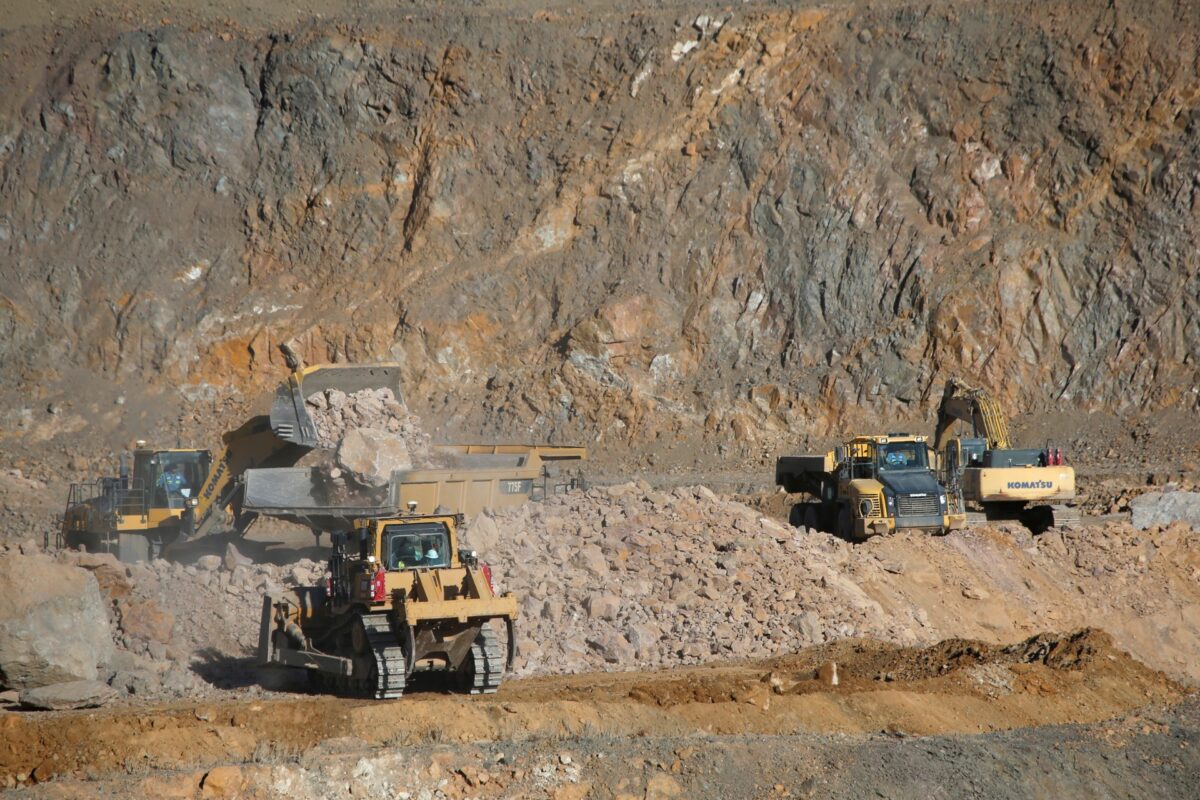


 AFP via Getty Images
AFP via Getty Images


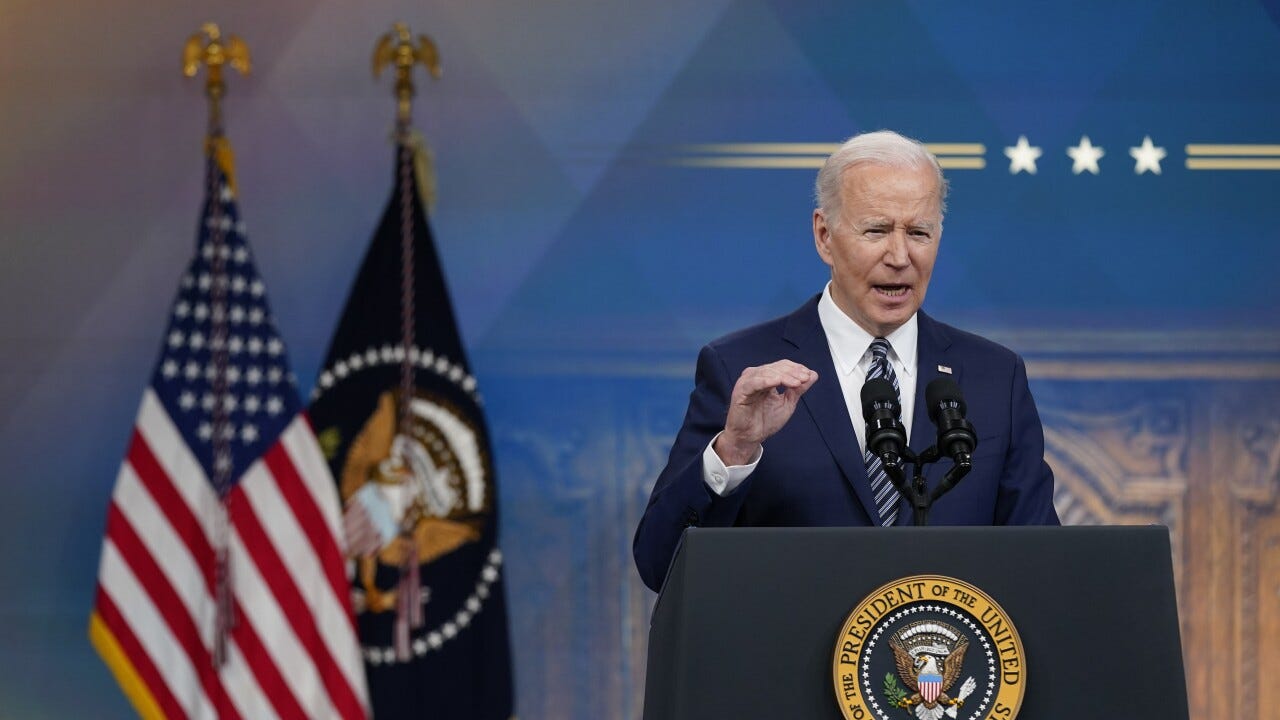




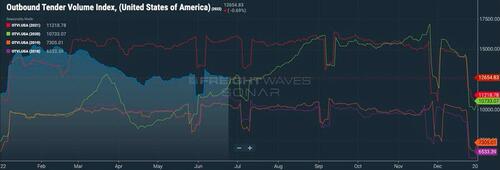
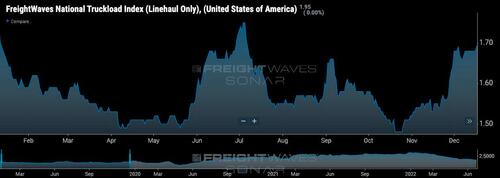





 (Eli Hartman/Odessa American via AP)
(Eli Hartman/Odessa American via AP)


